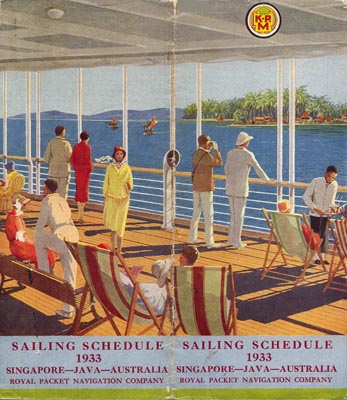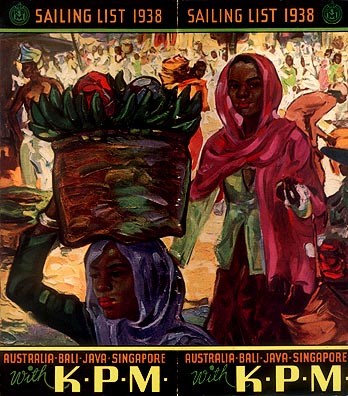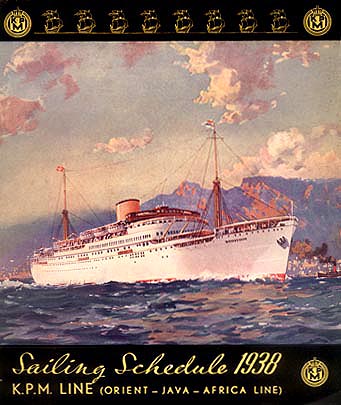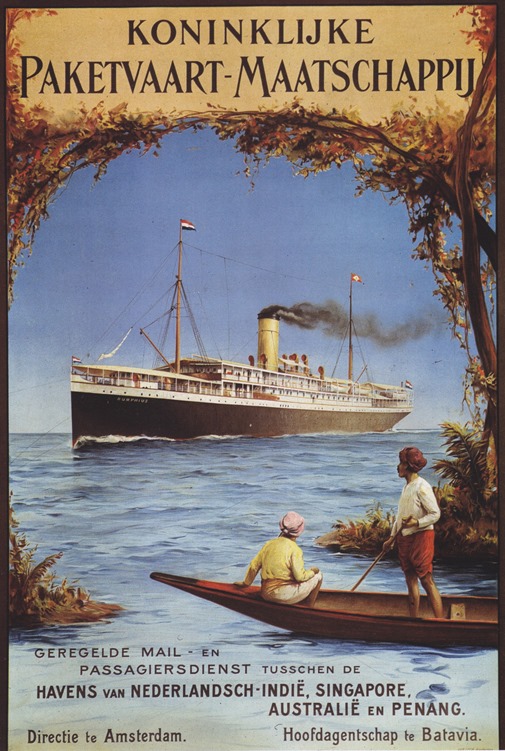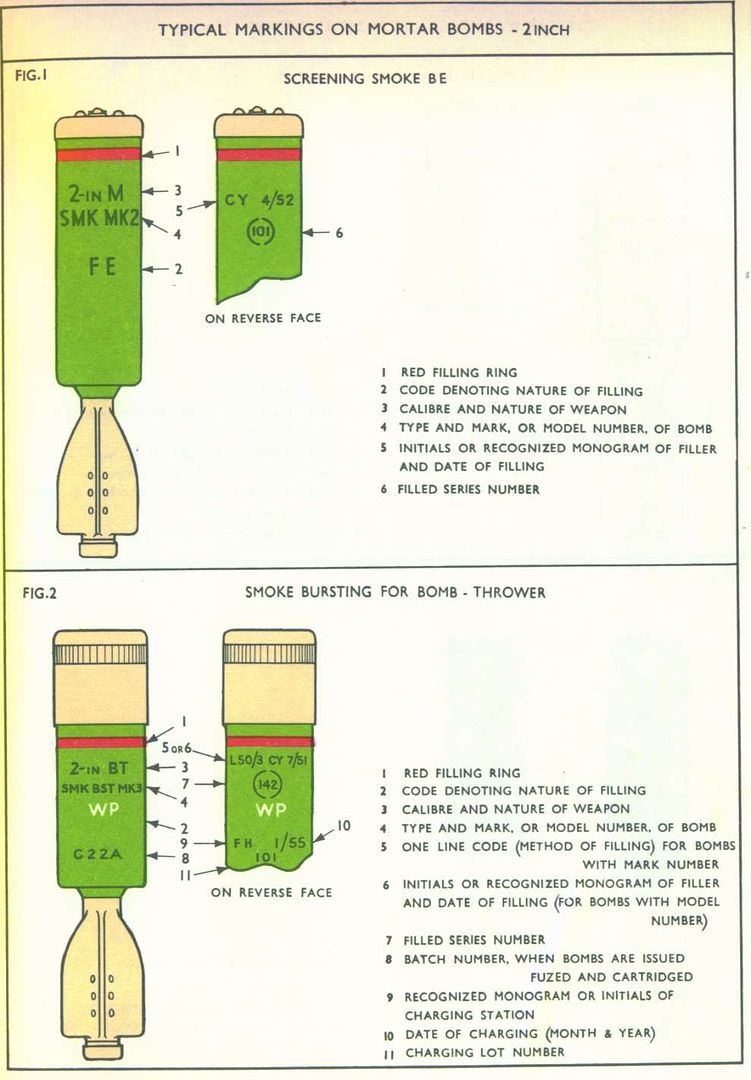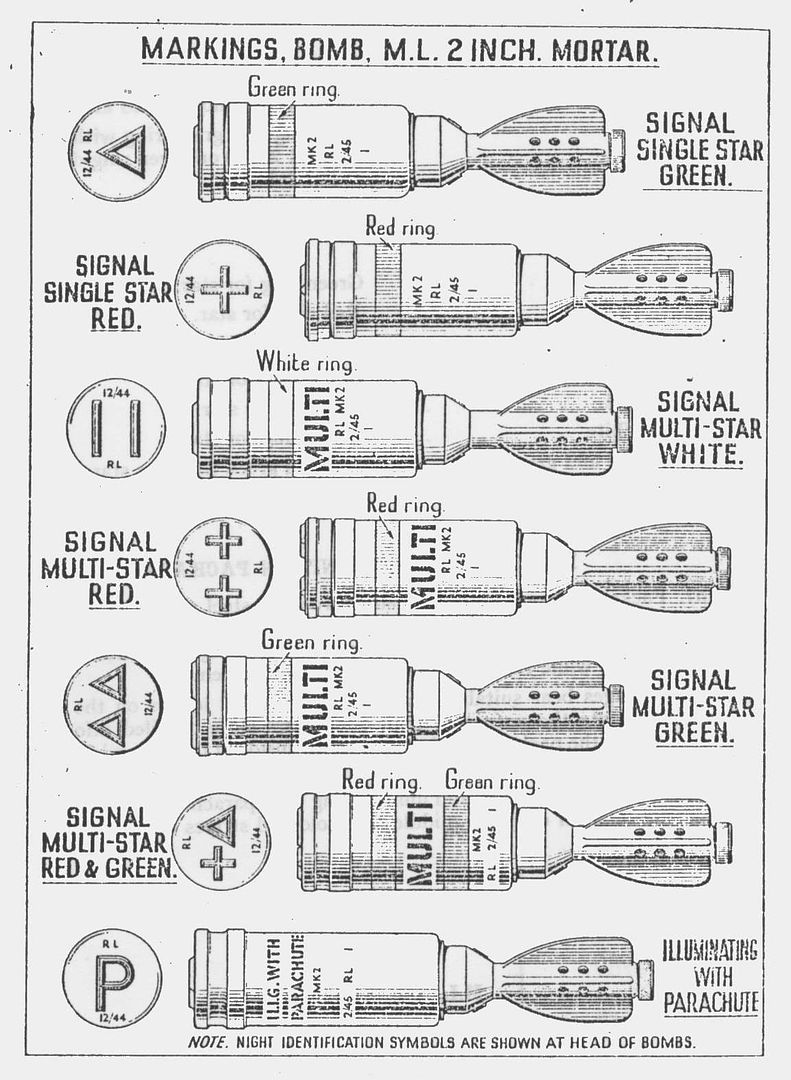1941, Monday 17 November;
The plan was to form a tank brigade, but they were well short of that at the moment, the best they had been able to do was pair the 2nd Northamptonshire Yeomanry with the 1st Royal Inniskilling Fusiliers, along with a small ad hoc unit of the RAOC. For about two months previously, Lt Col Ralph Cox had the Fusiliers training in a mechanised, mobile role, using a lot of carriers and some armoured cars, working on how to punch through road blocks, or advance to contact, but it was difficult to realistically create without the tanks.
Now the tank regiment had arrived, with their Valentine Mk II’s, and they were beginning to train together, the first thing striking the tankers, was how little vision they had, along the road, the frequent bends limited their distance vision while the jungle either side was almost impenetrable. Only with the tank commander standing half out the tank could they make any real progress. All smaller bridges had to be crossed with care, one tank at a time, and indeed quite a number of bridges had already been deemed too weak to carry the 16-ton vehicles, and were either being reinforced or rebuilt for later use, or barred for use by tanks.
Moving into the rubber plantations, with care they could pick their way along the tracks, but all jungle had to be reconnoitred first, and padi fields treated with extreme caution. And the accompanying infantry had to appreciate that just because their carriers could go there didn’t mean the tanks could too. Strategic travel was a problem by train, some parts were impassable due to the narrowness of tunnels and cuttings. In addition, there was a shortage of rail flatbeds, and their use wasn’t exclusive to tanks, secondly where they got on/off the train had to be planned, with an adjoining road, and the tracks being on flat land, allowing the use of a ramp. Strategic travel on the roads also presented issues, the RAOC had only received six Scammell Pioneer tank transporters.
The Northamptonshire’s were organised as a headquarters squadron, with four tanks, and three sabre squadrons, each with four troops of four. They were supposed to have 8 close support tanks, but these weren’t available, and had been given more Valentines instead, giving them a total of 54 tanks, with 31 officers and 546 other ranks.
The two commanders were spending quite a lot of time together, thrashing out some ideas as how things might work. Operationally, they were trying to match an infantry company with a tank squadron, but quickly found a couple of platoons were needed for each troop, and so they had used a reinforced company. Lt Col Cox, being the old Malaya hand, had taken command of the experimental combined unit, while Lt Col Otho Prior-Palmer of the Northamptonshire’s remained back at Camp Mertajam, organising their barracks, creating proper combined tank and infantry training exercises, as well as overseeing the building of repair and refit facilities with the RAOC.
Both Lt Cols had been taken into confidence about Operation Matador, and told to provide one combined tank unit by 1st December, and a second by 1st January. Cox would command the first, and feedback what alterations, adjustments, tactics and best practice were required. And while a second unit was training back at camp, it would also provide replacements for the field unit. And so, the race was on to get the first unit, which was being called Cox Force, to Alor Star by the beginning of December.
